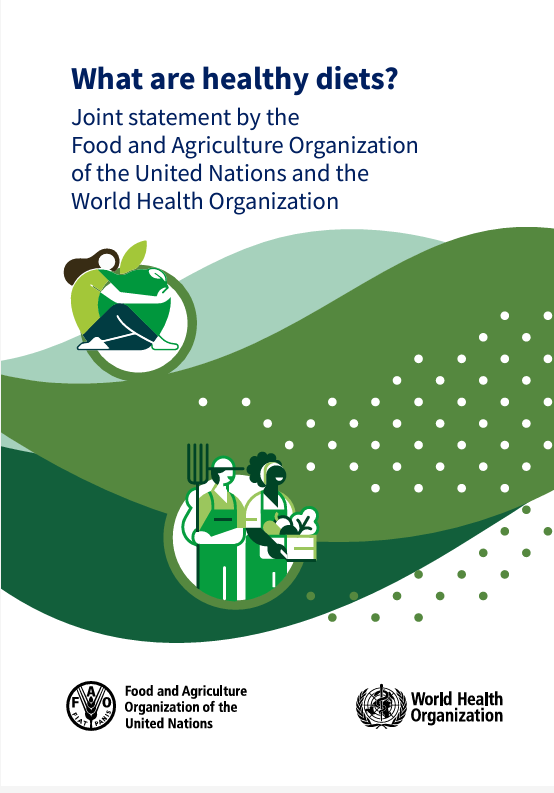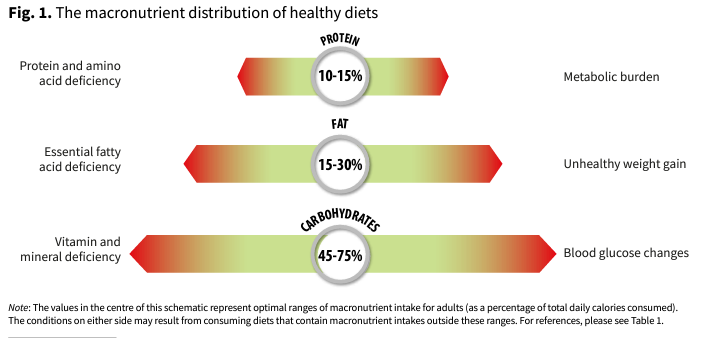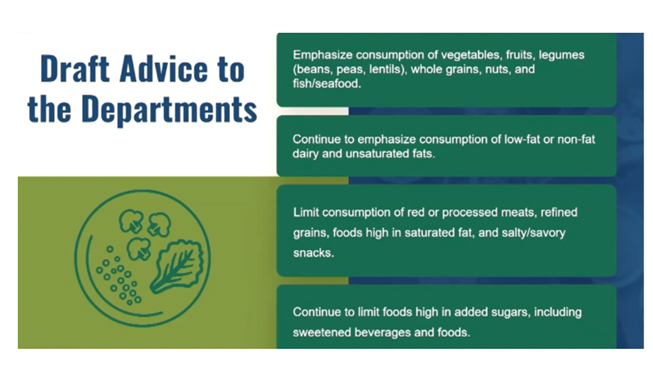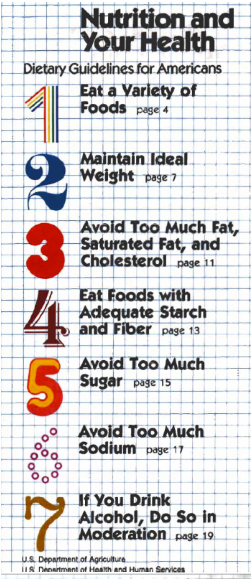Alcohol in the Dietary Guidelines: What the Fuss is About
The 2025-2030 Dietary Guidelines Advisory Committee did not make a recommendation about alcohol. The agencies, HHS and USDA, will do that later based on two expert reviews.
I wrote about the first, from the National Academies, last week: Review of Evidence on Alcohol and Health.
I also wrote about the Surgeon General’s Advisory on Alcohol and Cancer Risk
Still to come is the report from the Interagency Coordinating Committee on the Prevention of Underage Drinking (ICCPUD).
At issue is the amount of alcohol that is safe to drink, if any.
Just for fun, I did a summary of what the Dietary Guidelines say about alcohol from 1980 to 2020. Note that the Moderation advice has not changed since 1990 (but then see the note on 2020).
Alcohol recommendations: Dietary Guidelines for Americans
| YEAR | ALCOHOL ADVICE | BENEFITS | MODERATION |
| 1980 | “If you drink alcohol, do so in moderation.” | “One or two drinks daily appear to cause no harm in adults.” | |
| 1985 | “If you drink alcoholic beverages, do so in moderation.” | “One or two standard-size drinks daily appear to cause no harm in normal, healthy, nonpregnant adults.” | |
| 1990 | Ditto | “Some studies have suggested that moderate drinking is linked to lower risk for heart attacks.” | No more than 1 drink/day for women, and 2 for men. |
| 1995 | Ditto | “Alcoholic beverages have been used to enhance the enjoyment of meals by many societies throughout human history…Current evidence suggests that moderate drinking is associated with a lower risk for coronary heart disease in some individuals.” | Ditto |
| 2000 | Ditto | “Even one drink per day can slightly raise the risk of breast cancer…Drinking in moderation may lower risk for coronary heart disease, mainly among men over age 45 and women over age 55.” | Ditto |
| 2005 | “Those who choose to drink alcoholic beverages should do so sensibly and in moderation.” | “Alcohol may have beneficial effects when consumed in moderation. The lowest all-cause mortality [and heart disease mortality] occurs at an intake of one or two drinks per day…compared with women who do not drink, women who consume one drink per day appear to have a slightly higher risk of breast cancer.” | Ditto |
| 2010 | “If alcohol is consumed, it should be consumed in moderation…and only by adults of legal drinking age.” | “Strong evidence from observational studies has shown that moderate alcohol consumption is associated with a lower risk of cardiovascular disease….[and] reduced risk of all-cause mortality among middle-aged and older adults and may help to keep cognitive function intact with age…[but also] increased risk of bfreast cancer, violence, drowning, and injuries from falls and motor vehicle crashes.” | Ditto |
| 2015 | Ditto | [heart disease and breast cancer not mentioned | Ditto |
| 2020* | “Limit foods and beverages higher in added sugars, saturated fat, and sodium, and limit alcoholic beverages” | “Emerging evidence suggests that even drinking within the recommended limits may increase the overall risk of death from various causes, such as from several types of cancer and some forms of cardiovascular disease. Alcohol has been found to increase risk for cancer, and for some types of cancer, the risk increases even at low levels of alcohol consumption (less than 1 drink in a day). Caution, therefore, is recommended.” | Ditto |
*From the 2020 Dietary Guidelines Advisory Committee report: “evidence points to a general rule that drinking less is better for health than drinking more. Therefore, the focus should remain on reducing consumption among those who drink, particularly among those who drink in ways that increase the risk of harms. The Committee concluded that no evidence exists to relax current Dietary Guidelines for Americans recommendations, and there is evidence to tighten them for men such that recommended limits for both men and women who drink would be 1 drink per day on days when alcohol is consumed.
Despite the language in the 2020 guideline, the agencies did not change the overall recommendation about moderate drinking.
Will the Surgeon General’s Advisory and the upcoming third report cause the agencies to suggest no more than one drink a day for men? Or suggest that no level of alcohol intake is safe?
I’m looking forward to finding out.






